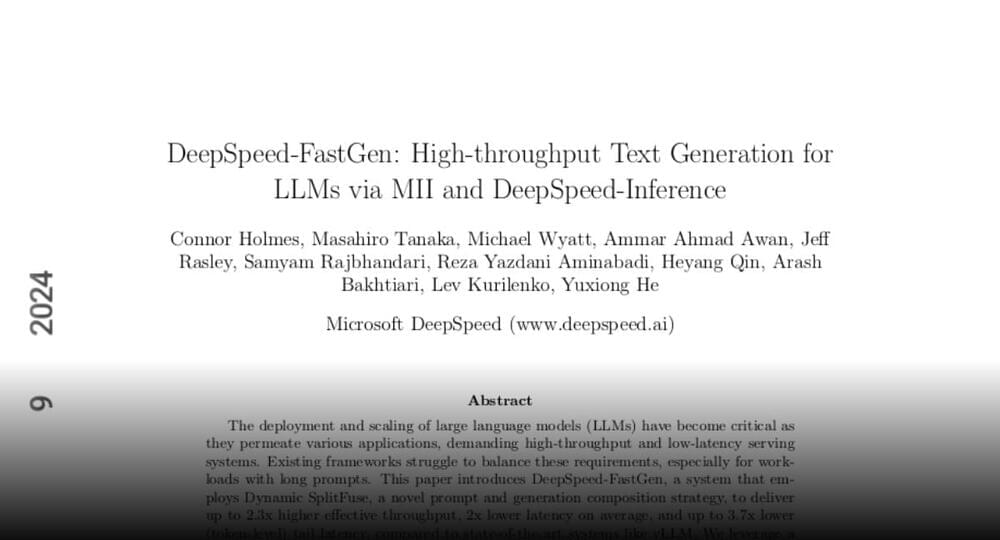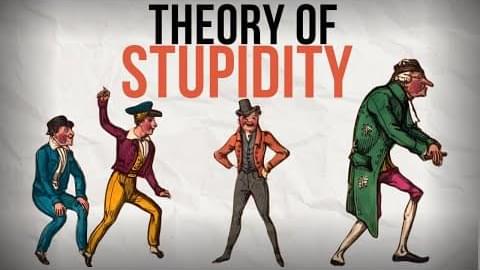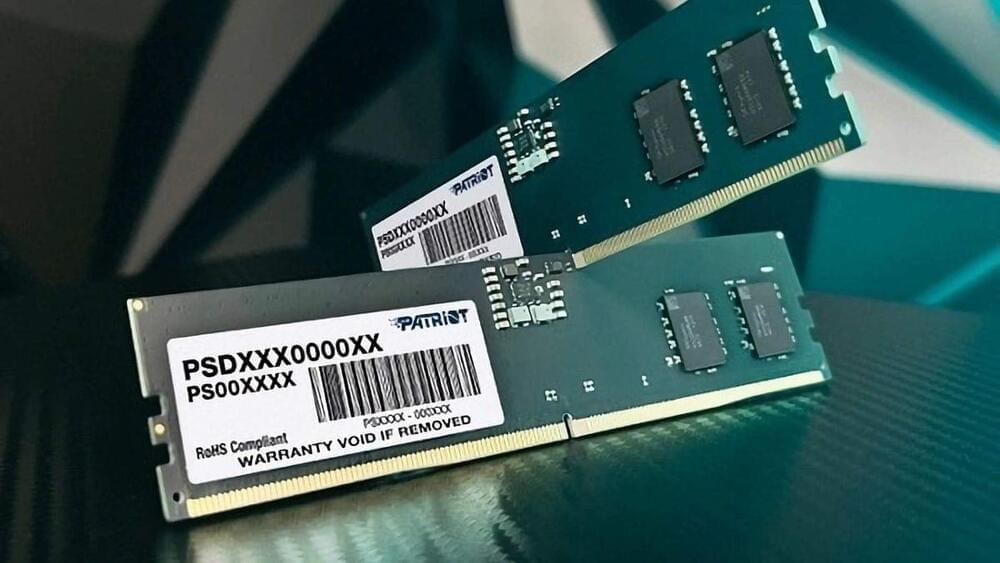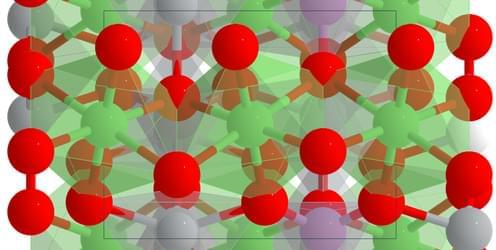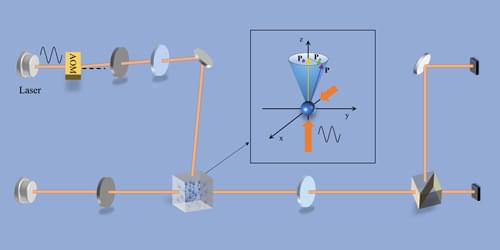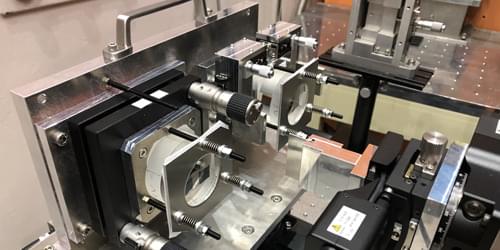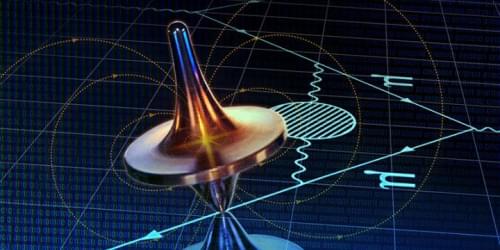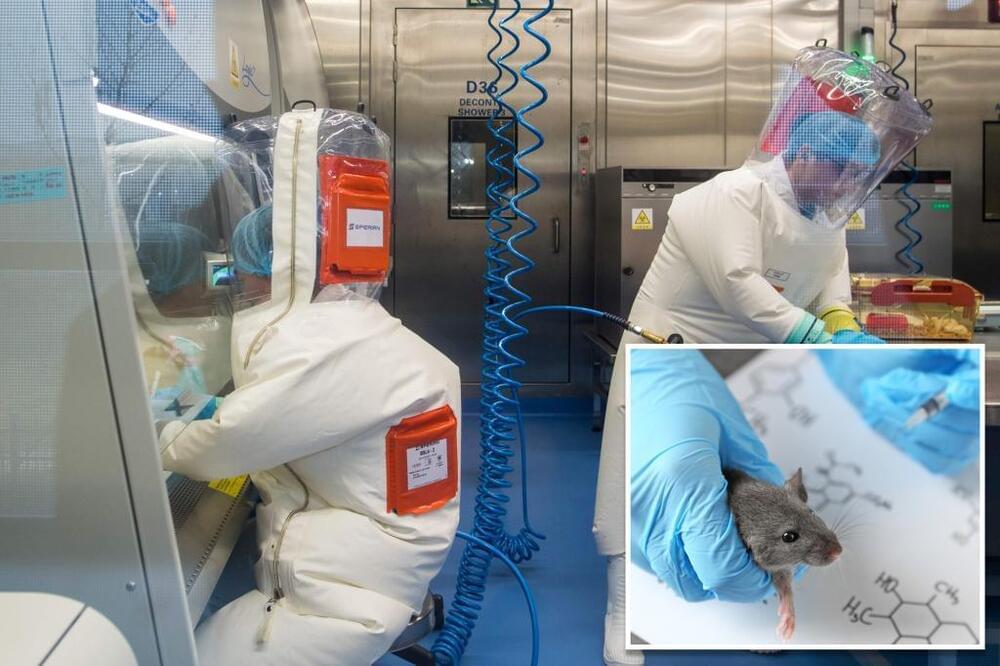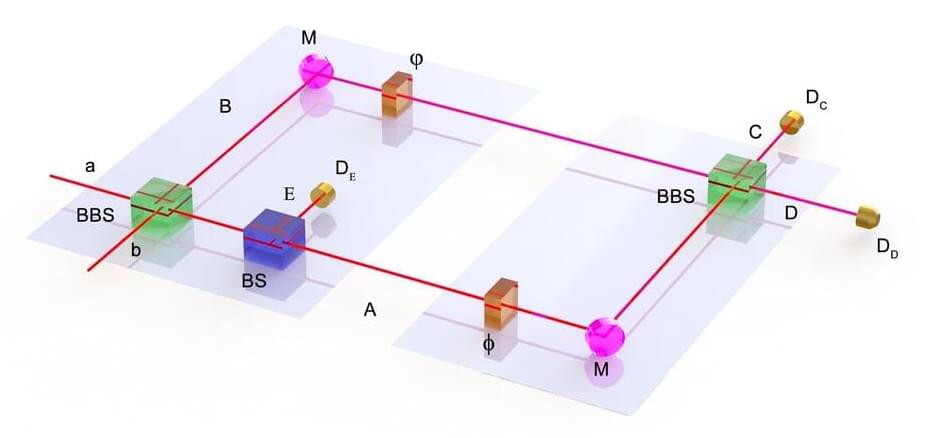Join the discussion on this paper page.
Stupidity, as defined by Dietrich Bonhoeffer, is a moral defect and willful refusal to engage in critical thinking, and it can spread like a contagion, leading to dire consequences for society.
Questions to inspire discussion.
How does Dietrich Bonhoeffer define stupidity?
—Dietrich Bonhoeffer defines stupidity as a moral defect and willful refusal to engage in critical thinking.
No funny stuff going on, just a good ol’ fashioned client memory clock driver chip. Lovely.
At low temperatures, crystals of lithium nickel phosphate transmit short-wavelength infrared light much more strongly in one direction than in the other.
Researchers have achieved dual-axis magnetic-field detection using an atomic magnetometer architecture with only optical instruments.
Researchers have demonstrated a mirror-based neutron interferometer that should be more sensitive to beyond-standard-model particle interactions than previous instruments.
Some theories of beyond-standard-model physics predict that neutrons passing close to an atomic nucleus will experience exotic interactions with the particles in that nucleus. To try to spot these interactions, physicists use a neutron interferometer, a device that splits and then recombines a neutron beam. If a currently unknown particle interaction affects one branch of the split beam as it passes through a material, the signature should show up in the interference pattern that forms when the two beams come back together. Takuhiro Fujiie at Nagoya University, Japan, and colleagues have now demonstrated a new neutron interferometer that promises greater sensitivity to beyond-standard-model physics [1].
In a conventional neutron interferometer, components made of crystalline silicon manipulate the neutron beam. Such interferometers only work for neutron beams that have wavelengths between 0.19 and 0.44 nm because of the spacings between crystalline silicon’s atoms. In the new instrument, neutron mirrors composed of alternating layers of nickel and titanium manipulate the neutron beam. The spacing of the layers determines the wavelength reflected and can be tuned to make mirrors that work for a wider range of neutron-beam wavelengths—including longer wavelengths that offer greater measurement sensitivity.
The experimental value of the muon’s magnetic moment disagrees with theoretical predictions, but some of those predictions also disagree with each other—a problem theorists are working to resolve.
The magnetic moment of the muon, which describes how this electron-like particle wobbles in a magnetic field, has been a stubborn nut for particle physicists to crack. The experimentally determined values of this parameter have long disagreed with those from theoretical predictions, a trend that continued with a recent result from the Muon g-2 experiment at Fermi National Accelerator Laboratory in Illinois (see Research News: Mismatch with Standard-Model Predictions Reaches 5 Sigma). Such a discrepancy is exciting, as it could provide a hint of new physics that might resolve some of the outstanding problems in particle physics. However, the size of the discrepancy depends on which group of theorists you talk to. Resolving that theoretical discrepancy is currently the top goal for researchers in the muon-moment community.
“On the theory side, we have a lot of work to do,” says Aida El-Khadra from the University of Illinois at Urbana-Champaign. She is the chair of the Muon g-2 Theory Initiative—a collective of theorists and experimentalists working to determine what value the standard model of particle physics predicts for the muon’s magnetic moment. A few years back, the initiative seemed to be closing in on a single number [1]. But in 2021 a rift opened between the predictions of two separate methods for calculating the muon’s moment, leaving theorists without a clear prediction. “The ball is in our court, and we are working hard to get it back over the net,” El-Khadra says.
Factor in along w/ weird stories of secret labs in places like California.
GX_P2V had infected the lungs, bones, eyes, tracheas and brains of the dead mice, the last of which was severe enough to ultimately cause the death of the animals.
In the days before their deaths, the mice had quickly lost weight, exhibited a hunched posture, and moved extremely sluggishly.
Most eerie of all, their eyes turned completely white the day before they died.
Understanding the nature of quantum objects’ behaviors is the premise for a reasonable description of the quantum world. Depending on whether the interference can be produced or not, the quantum object is endowed with dual features of a wave and a particle, i.e., the so-called wave-particle duality (WPD), which are generally observed in the so-called mutually exclusive experimental arrangements in the sense of Bohr’s complementarity principle.
Theoretical physicist John Wheeler proposed the delayed-choice experiment in the 1980s, pointing out that the methods used to observe photons will ultimately determine whether their behavior is like particles or waves.
In 2011, Ionicioiu and Terno proposed a quantum version of the delayed-choice experiment, by which the photon can be forced into a superposed state of the particle and wave and exhibits continuous morphing between those two sides with changing the controlling parameter of the ancilla.
“This research highlights the relatively rapid insect community responses to habitat restoration at solar energy sites,” said Leroy Walston.
How could solar energy facilities contribute to insect populations? This is what a recent study published in Environmental Research hopes to address as a team of researchers investigated how insect and plant populations in re-established habitats comprised of wildflowers and native grasses changed during a five-year period in the vicinity of photovoltaic (PV) solar array parks. This study holds the potential to help scientists, engineers, and conservationists gain greater insight into the ecological impact of solar farms on newly planted vegetation.
For the study, the researchers surveyed two solar sites located approximately 100 miles (160 km) apart in southern Minnesota, Eastwood Solar Site and Atwater Solar Site, between 2018 and 2022 for changes in insect and plant populations on restored land with native forbs and grasses. After conducting 358 observations of across sites, the researchers found increases in the biodiversity of both sites, including plant species and total insect abundance.
